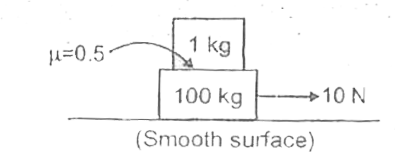In the shown diagram all pulleys and strings are ideal. The frictional force acting on the 5 block is

6N
8N
4N
10N
On 5 kg block maximum friction
0.2×5×g×cos37∘
Topper's Solved these Questions
- BOOK - BANSALCHAPTER - TEST PAPERSEXERCISE - PHYSICS PART (A)32videos
TEST PAPERS
- BOOK - BANSALCHAPTER - TEST PAPERSEXERCISE - PHYSICS PART (B)3videos
TEST PAPERS
- BOOK - BANSALCHAPTER - TEST PAPERSEXERCISE - PHYSICS PART- C4videos
TEST PAPERS
- BOOK - BANSALCHAPTER - SEMICONDUCTORSEXERCISE - CBSE Question32videos
SEMICONDUCTORS
Similar Questions
Knowledge Check
- Question 1 - Select One
As shown in the figure , the friction force acting on the block is
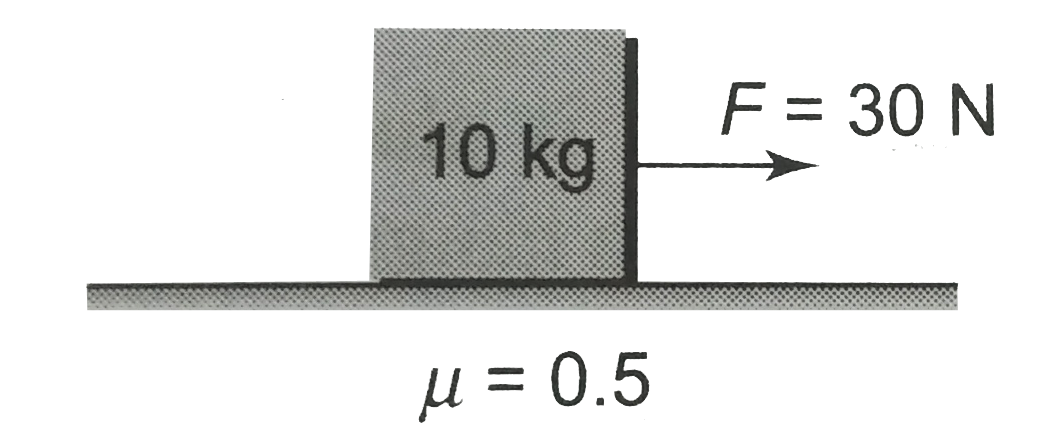 A50NB30NC20NDNone
A50NB30NC20NDNone - Question 2 - Select One
In the diagram shown in figure, both pulleys and strings are massless. The acceleration of 2 kg block is
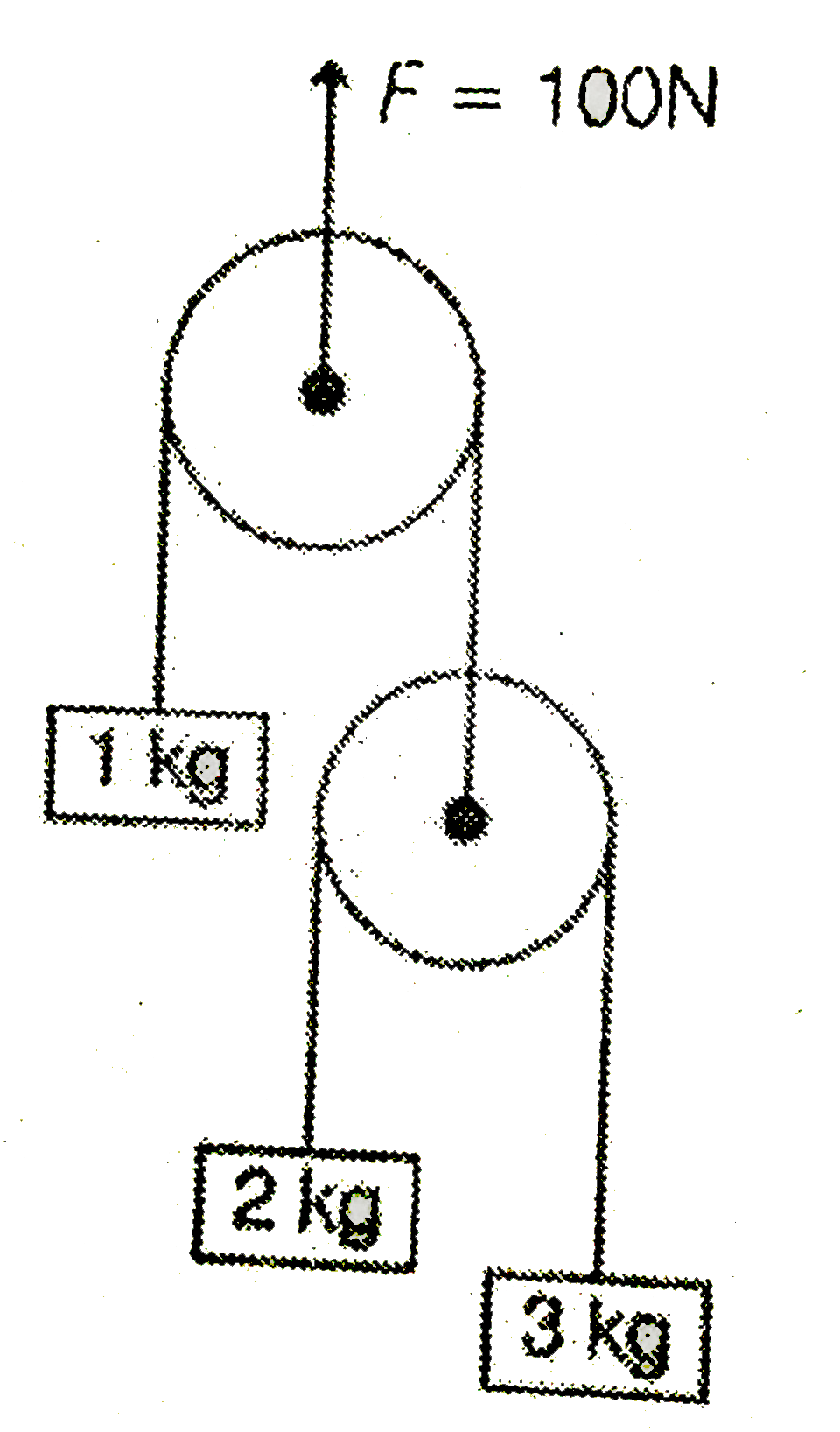 A2.5m/s2(↑⏐)B5m/s2(↑⏐)C7.5m/s2(⏐↓)D10m/s2(↑⏐)
A2.5m/s2(↑⏐)B5m/s2(↑⏐)C7.5m/s2(⏐↓)D10m/s2(↑⏐) - Question 3 - Select One
A block of mass 0.1 kg is held against a wall by applying a horizontal force of 5 N on the block. If the coefficient of friction between the block and the wall is 0.5, then the magnitude of the frictional force acting on the block is
A2.5 NB0.98 NC4.9 ND0.49 N
In the arrangement shown, the pulleys and the strings are ideal.The acceleration of the block B is
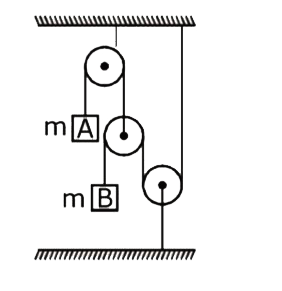 View Solution
View SolutionIn the above diagram calculate frictional force acting on 6kg block
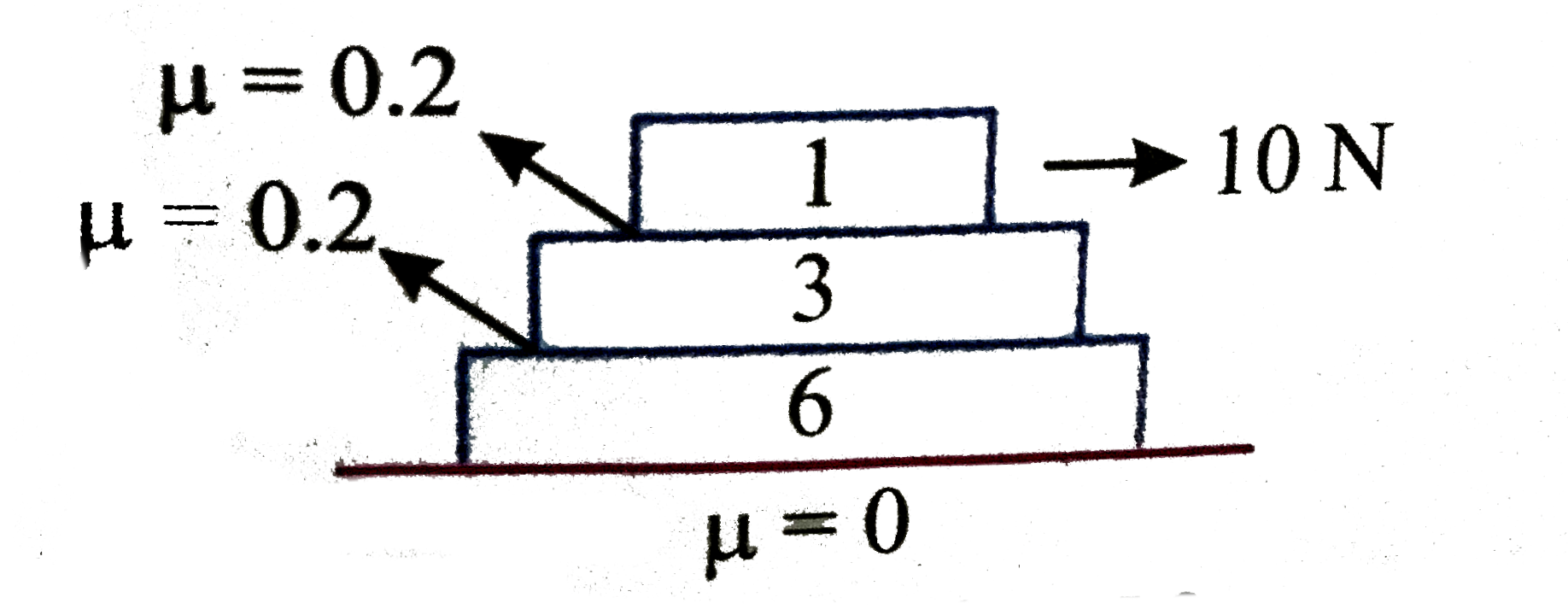 View Solution
View SolutionIn the arrangement shown all pulleys and strings are ideal. A vertical downward force of 10N is needed to apply on block A to keep the system in equilibrium. If mass of B is 10kg then find the mass of A
View SolutionA block of 50 N is pressed normally against a wall as shown. The frictional force acting on the block is :
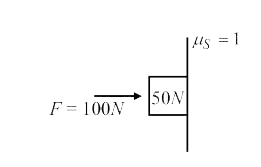 ]View Solution
]View SolutionIf the mass of block is 1 kg and a force of 10 / √3 N is applied horizontally on the block as shown in the figure . The frictional force acting on the block is :
 View Solution
View Solution


